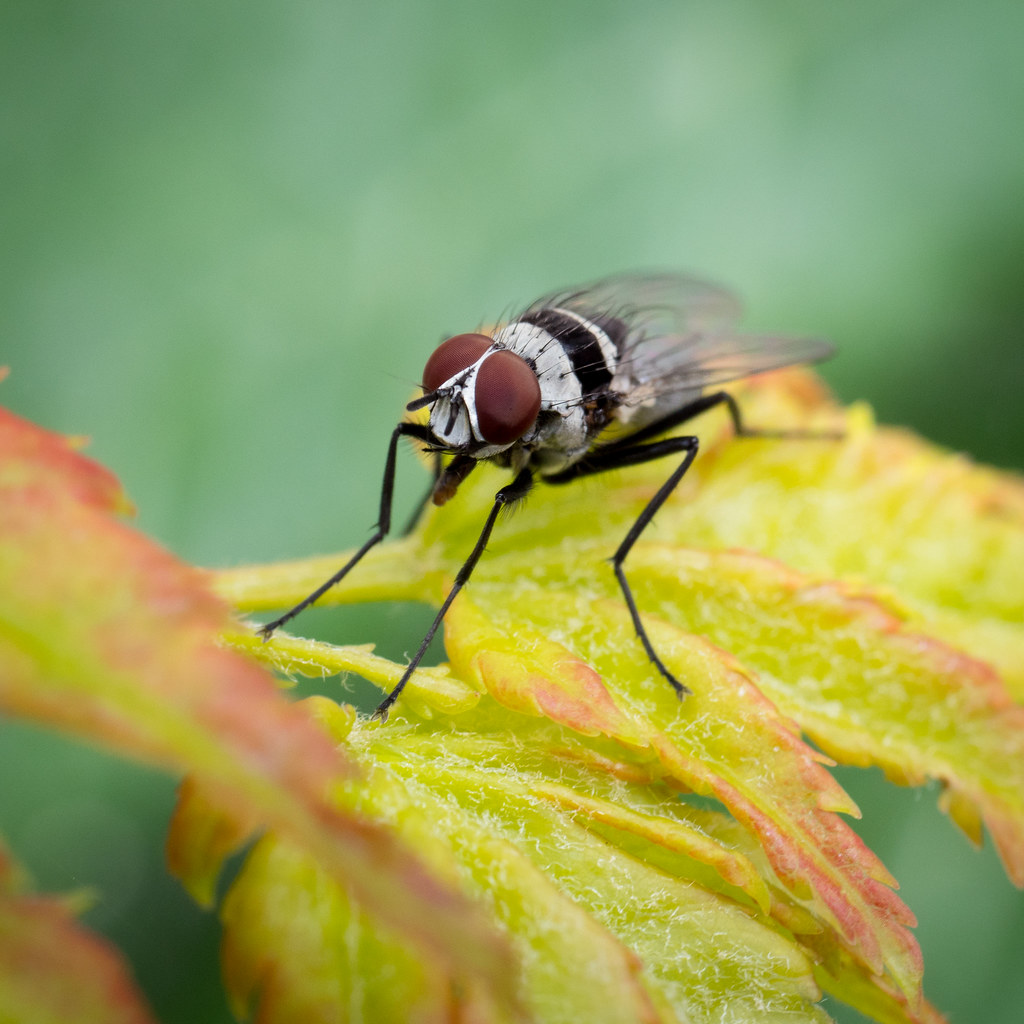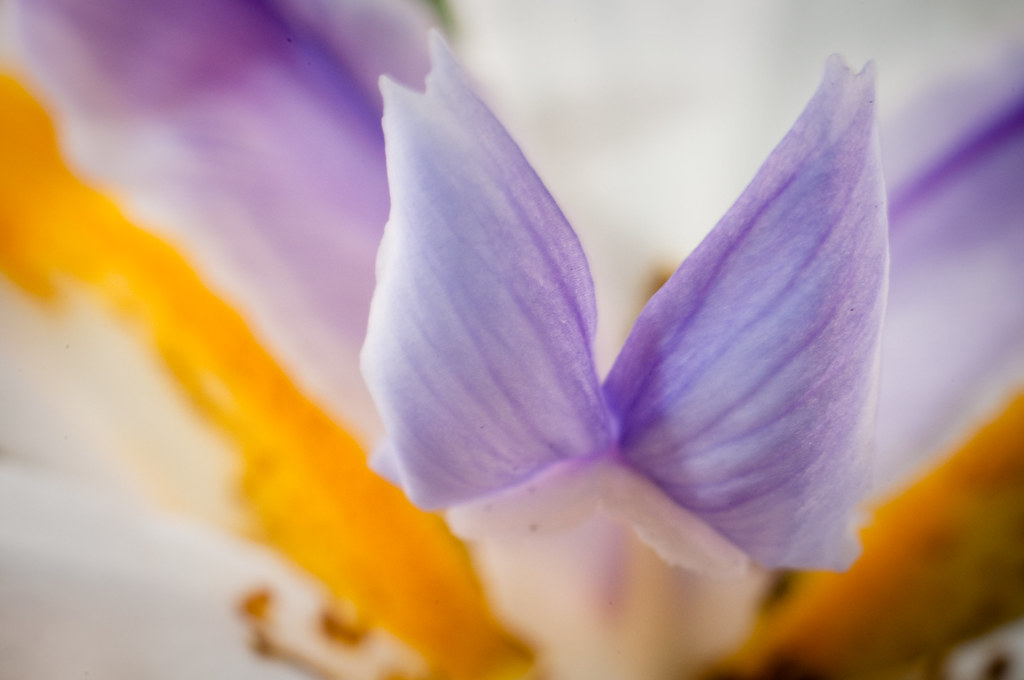It's very easy to get motivated to whip out the camera and head into the garden for some macro photography when you see some of the stunning images coming from photographers such as Steve Wall or Thomas Shahan among many others. Their vivid portrayals of a wold that few people ever see are visually stunning. I too fell for macro, but when I got into it, I realised that this can be a frustrating niche of photography.
Here's what I learned.
Things Don't Stay Still
Oh man, if there is one thing that really makes macro photography extremely difficult it is that nothing (and I mean NOTHING) in your field of view will stay still for long.
Bug move, turn around, fly away, hide, run and scatter.
Leaves blow, curl, shake and fall off at the drop of a hat.
And all of this happens while you're trying to set up your shot, get good composition, control your rig, not stick your lens in mud etc etc. It is a very dynamic environment in which you are shooting and with some of the other things you have against you, it can be extremely difficult.
This makes both your lighting situation and your focussing very challenging.
Now some people recommend clipping things (like plants) so that they don't blow around. Not a bad idea.
Bugs Get Cold
This is a cute way of saying that temperature really matters in garden photography. Not only do bugs react quite decisively to changes in temperature, but you also have to watch out for how plants react.
Of course, flowers close too depending on the conditions and temperature and time of day can have huge impacts on what is available to shoot – even when you're only doing the shooting in a small space like a back yard.
Where I live, mid afternoon is about the best time with warming temperatures and light that isn't blasting in like it does at midday. Late afternoon is basically a wasteland in terms of the bugs and flowers that are available – especially in the colder months. Of course, this might be different where you live, so be sure to start observing!
Getting Good Focus is Very Difficult
Macro shooters have a few problems when it comes to focusing. Usually, the depth of field you are working with is very small and so getting the thing you wanted to be in focus to actually be in focus is difficult enough. Add to that even a small amount of wind, and things are blowing all over your viewfinder. That makes focus tough.
Focus stacking is possible, but it is not a panacea for good focus with macro – getting a series of good shots that are suitable for focus stacking can be quite difficult depending on the situation and what you are shooting.
Lighting is Uneven and Ugly Unless You Control It
In the garden, you can never really dictate where you find something worth shooting. You might find a fly on a leaf that is under a tree. You might find a flower in a bed of flowers that looks like a good contender for a shot.
The thing is that it is very difficult to dictate where they are in relation to your light source. In practice that means they are often in dappled light, burning sun, total shadow, or any one of a hundred lighting conditions.
This means you will often have to control the light. At the very least you're going to need something to diffuse light. Maybe that will be sunlight. Or maybe you will use an off-camera flash (which also requires softening). Either way, controlling that light is essential as getting purely natural light macro shots where you didn't need to think about the light is very rare. Sometimes it happens on overcast days, but it's certainly not something you can really rely on.
A Macro Lens is Good, but Isn't THAT Much Better Than Cheaper Options
Now, out the gate I went with the down and dirty gear setup.
First up, I simply held my 50mm lens by hand, backwards agains my old D90. Then I went onto ebay and got myself a reversing ring for less than $10. Both worked great.
After than I got myself a cheap set of macro bellows. They were also great and cost less than $50.
I got a bracket getting my flash out to the side of my camera. Less than $5. It was great too.
Finally I built a softbox for my flash out of tape and cardboard. Less than $5. I loved it.
 Above: Reversed 50mm with off camera, diffused flash.
Above: Reversed 50mm with off camera, diffused flash.
Finally, after deciding that macro was a lot of fun and that I wanted to at least get a macro lens, I went and got a 60mm 2.8 Macro. Meh.
Don't get me wrong, I really like the lens. I suppose I was just hoping for something more. Something that would ease my way into getting even better macro shots. The lens is great, it just wasn't quite as great as I was hoping it would be.
Lesson: It's ain't about the gear.
Final Thoughts on Macro Photography in the Garden
Well, I do this, not because I think I am a great macro shooter and it certainly isn't to do it professionally, but damn macro is so much fun. If you're just exploring it, I probably wouldn't rush out to get too much gear other than a reversing ring and some type of light diffuser, to find out if you like it. But if you're anything like me you will probably get hooked. It's difficult, requires a lot of thought and is quite addictive!











3 Comments
Great short article covering the pitfalls of macro. I often tramp around my front yard when I get antsy and just have to practice my photography at the spur of the moment. I look for days after a good late night rain and try to find the bugs that are eating my plants. The one tip that I didn’t see is to not use too shallow a depth of field. The eyes on bugs need to be sharp and at least some of the body as well. I have started to increase my aperture, with a little higher success rate!
Oh – very good point and spot on!
Time passes very very quickly when you get lost in the small world.. Amazing.
Enjoyed the read and photos Rob thanks ;).